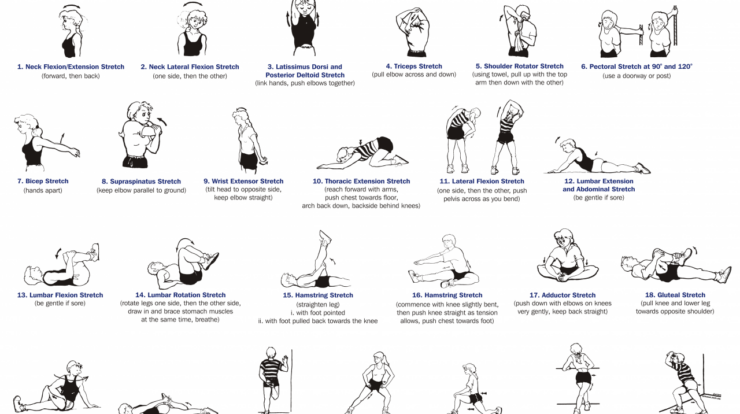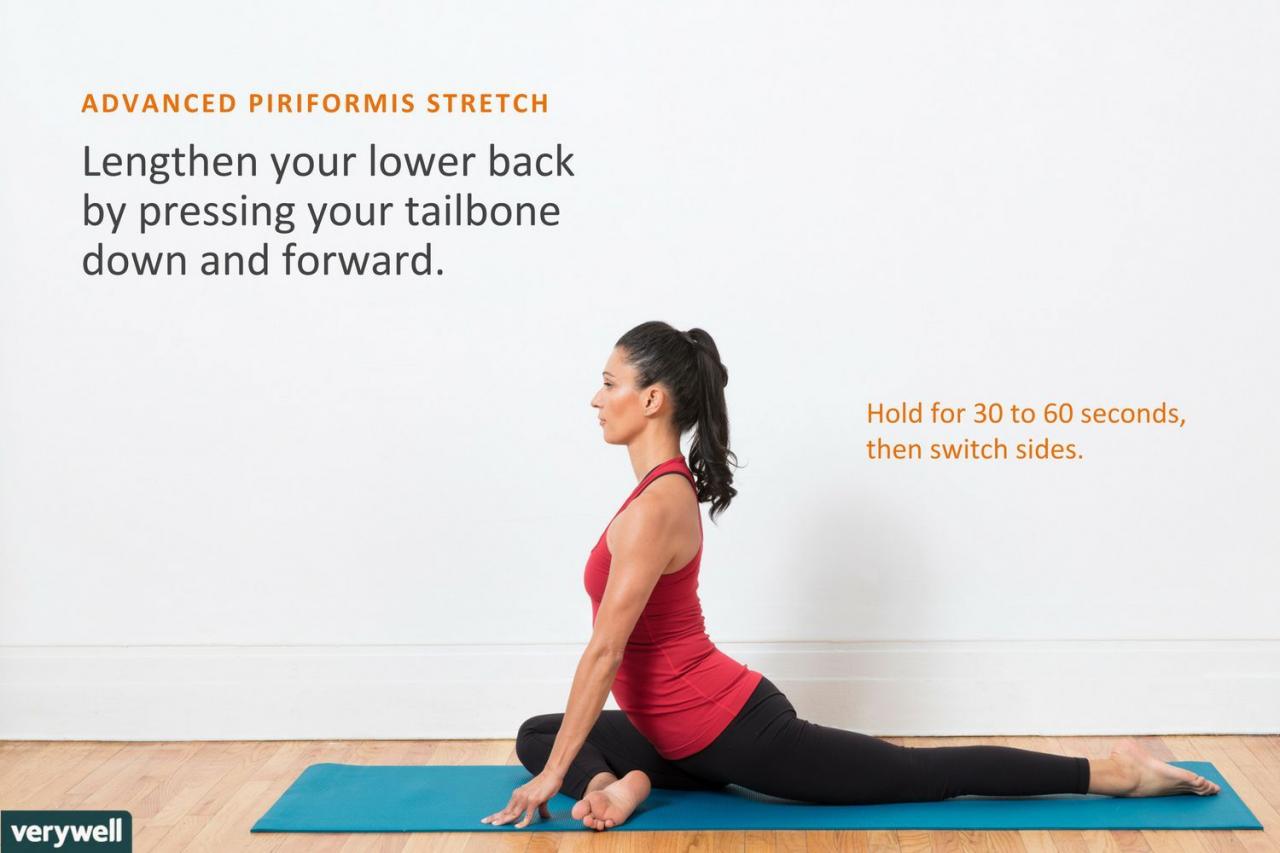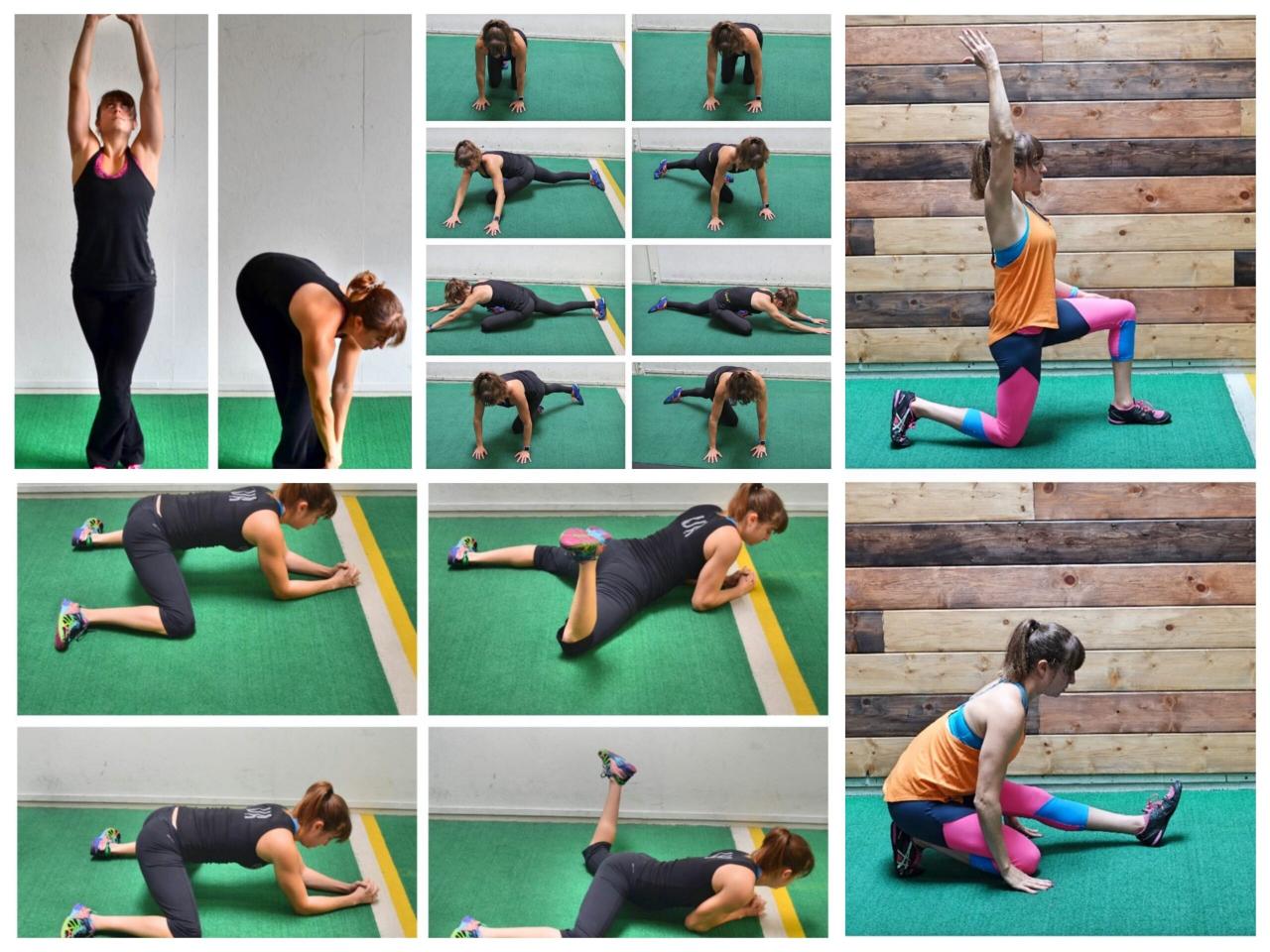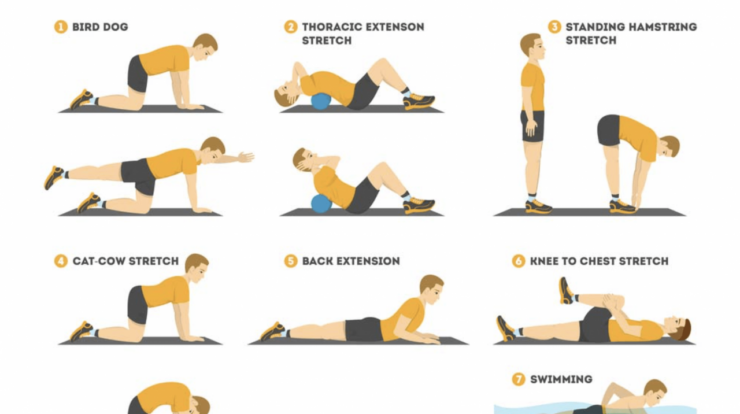
Explain why regular exercise is the best way to prevent flexibility issues. – Regular exercise is widely recognized as the most effective way to prevent flexibility issues. This article delves into the intricate connection between exercise and flexibility, exploring the mechanisms, benefits, and strategies for incorporating flexibility exercises into your routine.
Flexibility, the ability of muscles and joints to move through their full range of motion, is crucial for overall health and well-being. Regular exercise plays a pivotal role in maintaining flexibility by improving joint mobility, increasing muscle elasticity, and reducing stiffness.
Flexibility and Its Importance

Flexibility refers to the ability of muscles to lengthen and shorten, allowing for a wide range of motion. It plays a crucial role in overall health and well-being, contributing to:
- Improved posture and balance
- Reduced risk of injuries
- Enhanced physical performance
- Increased energy levels
Conversely, flexibility issues can lead to muscle stiffness, pain, and reduced mobility, negatively impacting daily life and overall health.
Exercise as a Key to Flexibility
Regular exercise is the most effective way to maintain flexibility. Physical activity helps to:
- Increase blood flow to muscles, delivering nutrients and oxygen
- Stimulate the production of synovial fluid, which lubricates joints
- Improve muscle elasticity and range of motion
Examples of exercises that enhance flexibility include:
- Stretching (static, dynamic, and active isolated stretching)
- Yoga and Pilates
- Tai chi and qi gong
- Swimming
- Cycling
Mechanisms of Exercise in Preventing Flexibility Issues
Exercise prevents flexibility issues through physiological and biomechanical mechanisms:
- Stretching: Elongates muscles, increasing their range of motion.
- Strengthening: Builds muscle strength, which supports joints and improves stability.
By combining stretching and strengthening exercises, regular exercise helps maintain optimal flexibility and prevent age-related decline.
Consistency and Progression in Exercise
Maintaining flexibility requires consistency in exercise. Aim for at least 30 minutes of flexibility-enhancing activities most days of the week.
Progressive overload, gradually increasing the intensity or duration of exercises over time, is essential for continued flexibility gains.
The tradition of Mother’s Day greetings dates back centuries, with various cultures and religions honoring the role of mothers. Today, Mother’s Day is celebrated worldwide, with people expressing their love and gratitude in countless ways. From heartfelt cards and thoughtful gifts to cherished memories, let’s make this Mother’s Day a day to remember for all the amazing women who have shaped our lives.
Benefits of Exercise Beyond Flexibility
Regular exercise offers numerous benefits beyond improving flexibility, including:
- Improved cardiovascular health
- Weight management
- Reduced risk of chronic diseases
- Enhanced mood and cognitive function
Research shows that regular physical activity can reduce the risk of heart disease by up to 40%, obesity by 50%, and type 2 diabetes by 60%.
Mother’s Day is a special occasion to celebrate the extraordinary women who bring joy and love into our lives. From heartfelt Mother’s Day wishes to warm Mother’s Day greetings , there are countless ways to express our gratitude for their unwavering love and support.
Creating a Personalized Exercise Plan
To incorporate flexibility exercises into your routine:
- Start with a warm-up to prepare your muscles for stretching.
- Include a variety of stretches that target different muscle groups.
- Hold each stretch for 15-30 seconds, gradually increasing the duration.
- Incorporate strengthening exercises that support the muscles around your joints.
Consult with a healthcare professional or certified personal trainer for personalized guidance.
Lifestyle Factors and Flexibility
Lifestyle factors also influence flexibility:
- Nutrition: A balanced diet provides nutrients essential for muscle health.
- Sleep: Adequate rest allows muscles to recover and repair.
Staying hydrated is crucial, as water lubricates joints and helps maintain muscle elasticity.
Common Myths and Misconceptions about Flexibility

Myth: Only young people can be flexible.
Celebrate the special bond between mothers and children with heartfelt happy mothers day wishes for all moms . Express your love and appreciation with warm happy mother’s day greetings that convey your gratitude. Whether you’re looking for happy mothers day wishes for your own mom or a special mother figure, find the perfect words to make her feel cherished.
And don’t forget to extend happy mother’s day greetings to pregnant women, acknowledging the journey they’re embarking on. Do you say happy mother’s day to a pregnant woman ? Absolutely!
Truth: Flexibility can be improved at any age with regular exercise.
As we reflect on the true meaning of Mother’s Day, it’s important to recognize that not all mothers are celebrated equally. While biological mothers deserve our love and appreciation, let’s also remember the foster mothers, adoptive mothers, and grandmothers who play vital roles in shaping our lives.
By extending Mother’s Day wishes to all the women who nurture and care for us, we can create a more inclusive and meaningful celebration.
Myth: Stretching before exercise can prevent injuries.
Truth: Dynamic stretching before exercise is beneficial, while static stretching should be done after a workout.
As we celebrate the mothers in our lives, it’s important to acknowledge the unique role of pregnant women. While they may not have yet given birth, they are already nurturing and caring for their future children. Whether it’s offering Mother’s Day wishes or simply expressing appreciation for their journey, let’s not forget the expectant mothers who deserve to be celebrated on this special day.
Case Studies and Success Stories

Numerous individuals have improved their flexibility through regular exercise:
- John, a 55-year-old man, increased his flexibility by 20% after incorporating yoga into his routine.
- Mary, a 30-year-old woman, reduced her chronic back pain by 50% through regular stretching and strengthening exercises.
These success stories demonstrate the transformative power of exercise in improving flexibility.
Conclusion: Explain Why Regular Exercise Is The Best Way To Prevent Flexibility Issues.

In conclusion, regular exercise is the cornerstone of flexibility maintenance. By engaging in a consistent exercise routine that includes stretching and strengthening exercises, individuals can significantly reduce their risk of flexibility issues, improve their overall health, and enhance their quality of life.
Question & Answer Hub
How often should I exercise to improve flexibility?
Aim for at least two to three sessions of flexibility exercises per week.
What types of exercises are best for flexibility?
Dynamic stretching, static stretching, and yoga are excellent choices.
Can I improve my flexibility at any age?
Yes, flexibility can be improved at any age with consistent effort.






